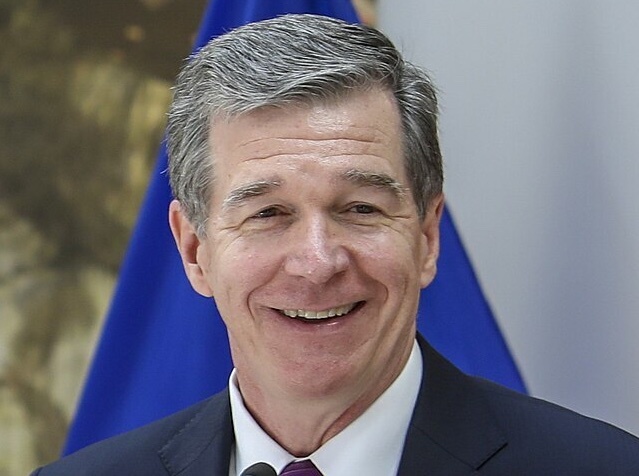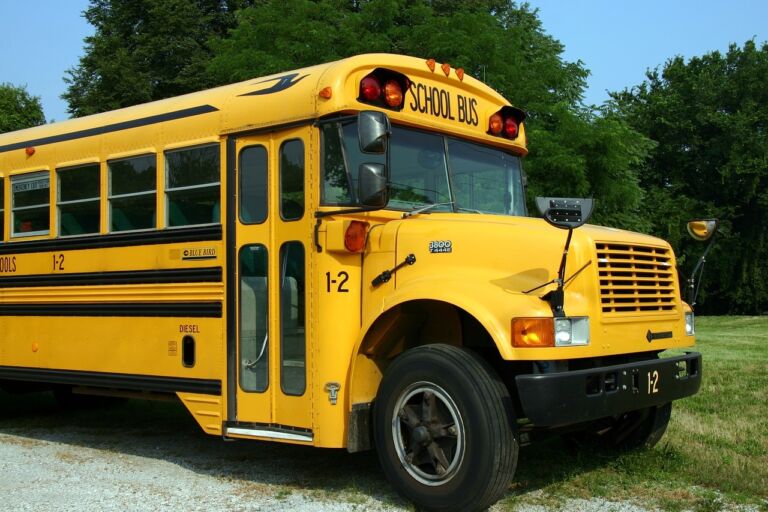- While the Cooper and Biden administrations try to find more ways that government can install EV charging stations, in the private sector Buc-ee’s has announced it’s going to create 120 new gasoline pumps near Mebane
- The Buc-ee’s concept of gas, food, shopping, and reliably clean facilities gives travelers what they want, and the chain is so good at it that for some people a Buc-ee’s is a destination in itself
- The government sector gets the concepts of demand and supply wrong, and it wastes a lot of people’s time and money in vain pursuits
The private sector produced someone willing to create 120 new gasoline pumps right off two interstates in Mebane, North Carolina. No government study had been conducted by highly paid government consultants to determine how many new pumps society needs after months of bureaucrats holding discussions and making site visits. No state incentives were promised by the government in order for the governor and other public officials to issue press releases taking credit for creating jobs. Instead, a company saw a business opportunity and made a decision in the expectation of earning profits by giving consumers what they want.
Media were upset, producing stories focused on the project’s environmentalist critics and their concerns. Some bureaucrats were also opposed; the Mebane planning board had recommended against it by a vote of 3–6. Nevertheless, consumers and potential employees were in enthusiastic favor. After a public hearing featuring comments from over 70 townspeople and lasting a whopping eight hours, the Mebane City Council approved rezoning and special-use permits for the project — unanimously. Afterwards, WRAL ran a story explaining why it was “so popular.”
For most people, the news was that North Carolina is getting its first Buc-ee’s. It’s a wildly popular Texas retail chain that combines a very large gas station with a commensurately large retail store offering groceries, clothing, toys, sundries, and gifts along with many food options, including its famous brisket. Importantly for road-trippers, it is also reputed for very clean bathrooms. For many travelers, Buc-ee’s is a destination in itself, not just a place to fuel the tanks.
A company saw a business opportunity and made a decision in the expectation of earning profits by giving consumers what they want.
Buc-ee’s’ successful pursuit of customers, in spite of some government opposition (the chain dropped its first attempt to place a location in North Carolina, which would have been in Orange County), shows what the private sector can do in even a moderately free market. The store’s concept (gas, food, shopping, reliably clean facilities) reduces many of what economists call transaction costs for travelers and does so in such a winsome way that it is the endpoint of many fans’ journeys.
Government’s pursuit of charging stations for the EVs it wants people to buy
Meanwhile, the government sector and their sympathetic media would like people to change their minds about gas-powered cars, and they would like to see somebody willing to build new electric vehicle (EV) charging stations. But how?
The “Bipartisan Infrastructure Law” (BIL) of 2022 created the National Electric Vehicle Infrastructure (NEVI) Formula Program and allocated over $4 billion to it for funding EV charging infrastructure through 2026, which will almost certainly be extended past 2026.
The misnamed “Inflation Reduction Act” (IRA) of 2022 bestowed highly generous government tax incentives on EV charging stations and made them retroactive and transferable.
Last year a consortium of automakers announced an agreement to “install at least 30,000 chargers in the United States and Canada” funded in part, of course, from “grants offered by the federal government to build new EV chargers.” Even so, most local grids cannot handle more than one “fast”-charging station. There, too, the answer is to turn to government, having already incentivized the stations, to force electricity customers to pay for expensive upgrades to grid capacity.
Gov. Roy Cooper, in the same report he released last year outlining his demand to get rid of gas stoves, heating systems, water heaters, and other appliances, also included all the ways he would use taxpayer dollars to build EV charging stations. Cooper would have government “invest” (a government euphemism for when money is taken from people by government and spent on things they wouldn’t voluntarily spend their money on and from which they could not expect to yield a return) in a “robust charging network,” using not only state money and NEVI grants, but also grants “by other federal programs under the BIL and IRA.”
Cooper would also order curtailing sales of gasoline-powered cars and trucks and force a California-led “transition” to electric buses and trucks, but the General Assembly prevented all that with a sensible reform last year.
The federal government’s National Renewables Energy Laboratory estimated the country would need 182,000 EV “fast” charging stations by 2030 in anticipation of Pres. Joe Biden’s goal of half of all new vehicle sales being EVs (they are currently less than 8 percent now, and only 1 percent of used car sales).
Government tries to tell people what they should want, tell others what they should provide, and use bribes and bans to get them to fall in line.
Note: “fast” charging is relative to other forms of charging EVs. It is not comparable to the 2–3 minutes it takes to fill a gas-powered car’s tank completely. For EVs, fast charging is when it takes “30 minutes or so” to get your battery 80 percent full. The U.S. Department of Energy’s Alternative Fuels Data Center contrasts fast charging (about 100–200 miles of range per 30 minutes of charging) with Level 2 charging (not called “slow charging,” but only about 25 miles of range per hour of charging) and Level 1 charging (basically home plug-in, only about five miles of range per hour of charging).
Thirty minutes to get only mostly charged sounds terribly inconvenient, but an article placed in the News & Observer by 1Earth Fund tried to pass it off as one of the “Benefits of charging stations.” Supposedly, placing a “fast” charger downtown would give the driver not driving time to “walk around” and “check out the local shops.” I am not making that up.
Incidentally, the Mebane Buc-ee’s would also include 24 EV charging stations with opportunity to walk around and shop for people stuck charging. The charging units would presumably be incentivized by federal grants, though their presence seems not to make up for the outrage of Buc-ee’s serving so many gas-powered vehicles and attracting tourists.
Summary
Government didn’t have to tell Buc-ee’s to install gasoline pumps, sell groceries and apparel, offer clean restrooms, and sell brisket. On their own accord, Buc-ee’s figured out what people want (demand) and worked on providing it (supply). Government, on the other hand, tries to tell people what they should want, tell others what they should provide, and use bribes and bans to get them to fall in line. So government gets the concepts of demand and supply wrong, and it wastes a lot of people’s time and money in vain pursuits.


